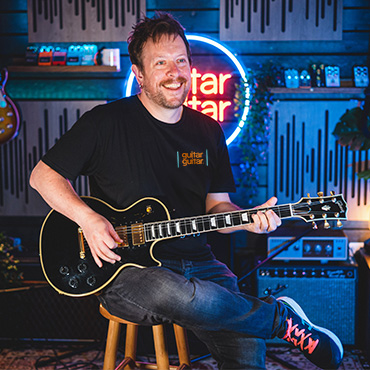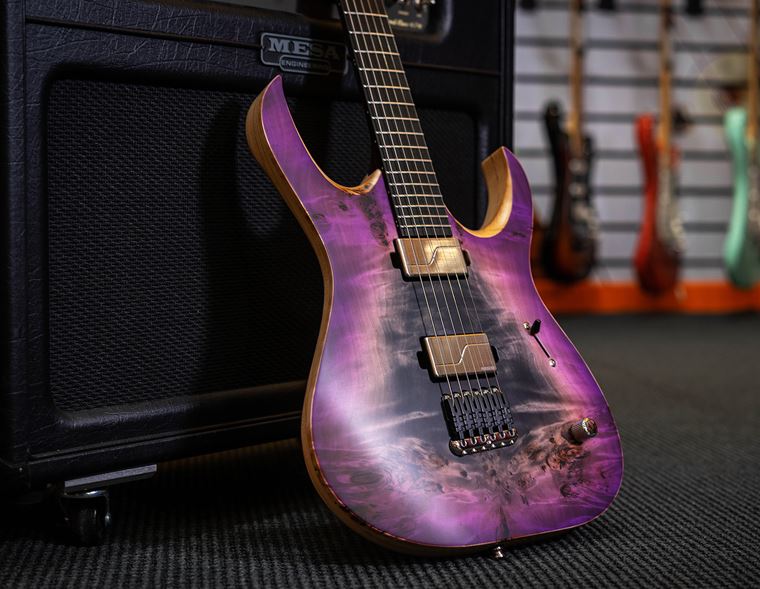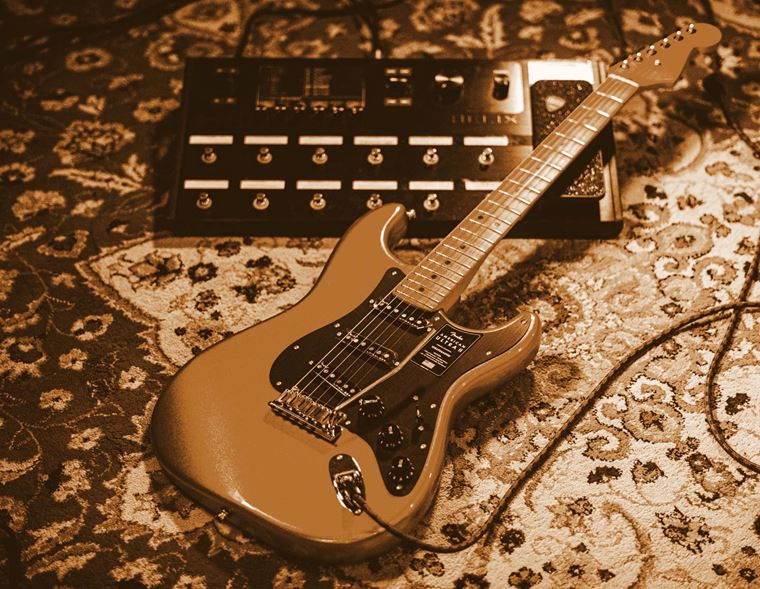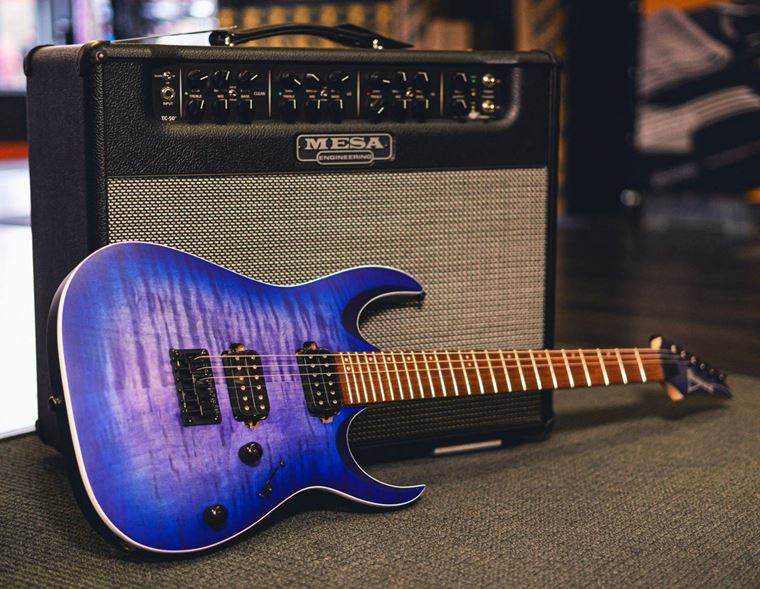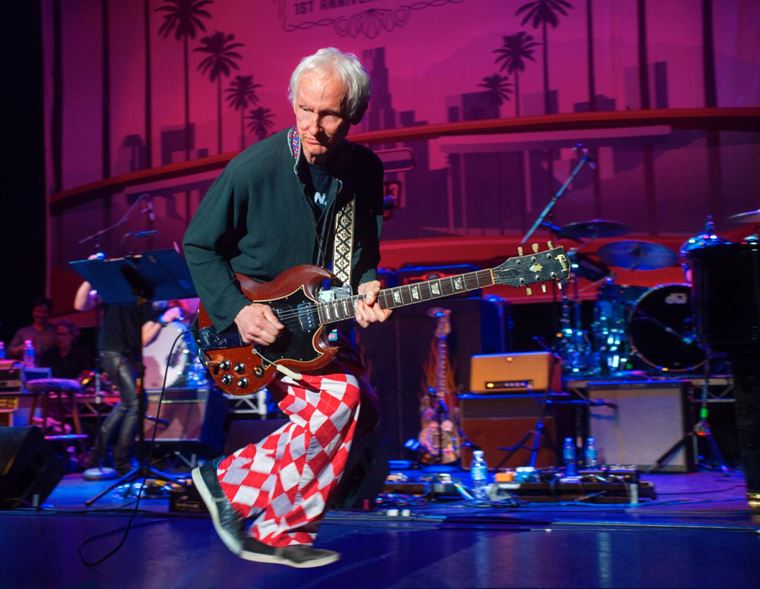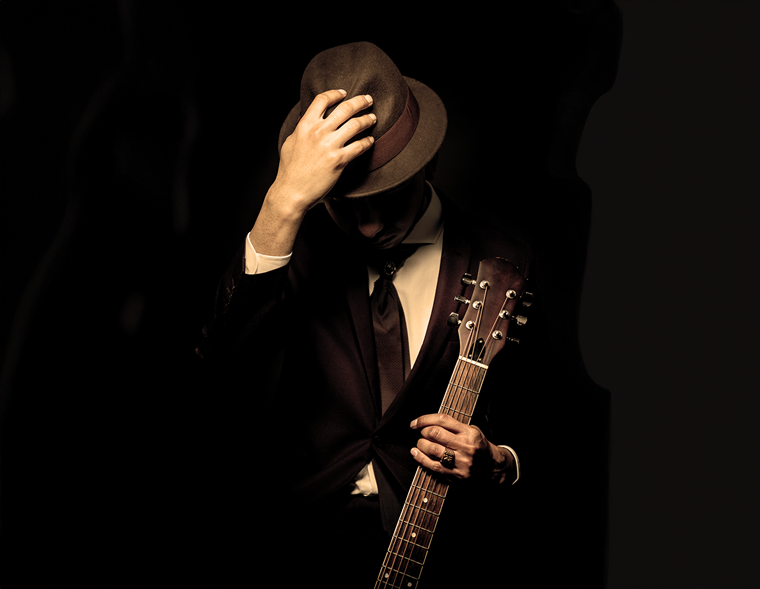Charvel Vs Jackson: What Makes Them Different?
Published on 15 April 2025
For fans of 80s metal and virtuosic shred, the names Jackson and Charvel loom large. Forever connected to the southern Californian hard rock scene, these brands have endured, changed, changed again and realigned themselves to remain relevant in the ever-shifting face of the music world.

These two beloved guitar brands have a shared history, but that doesn’t make them identical twins. I aim to explore that with you today.
There are lots of factors that bring these brands together, and certain things that keep them uniquely on their own paths. Today’s blog is about both sides of the story. I’ll briefly check out their origins, the points where they cross over into each others’ lanes, their primary ‘thrusts’ as instruments, and why they are ultimately different beasts.
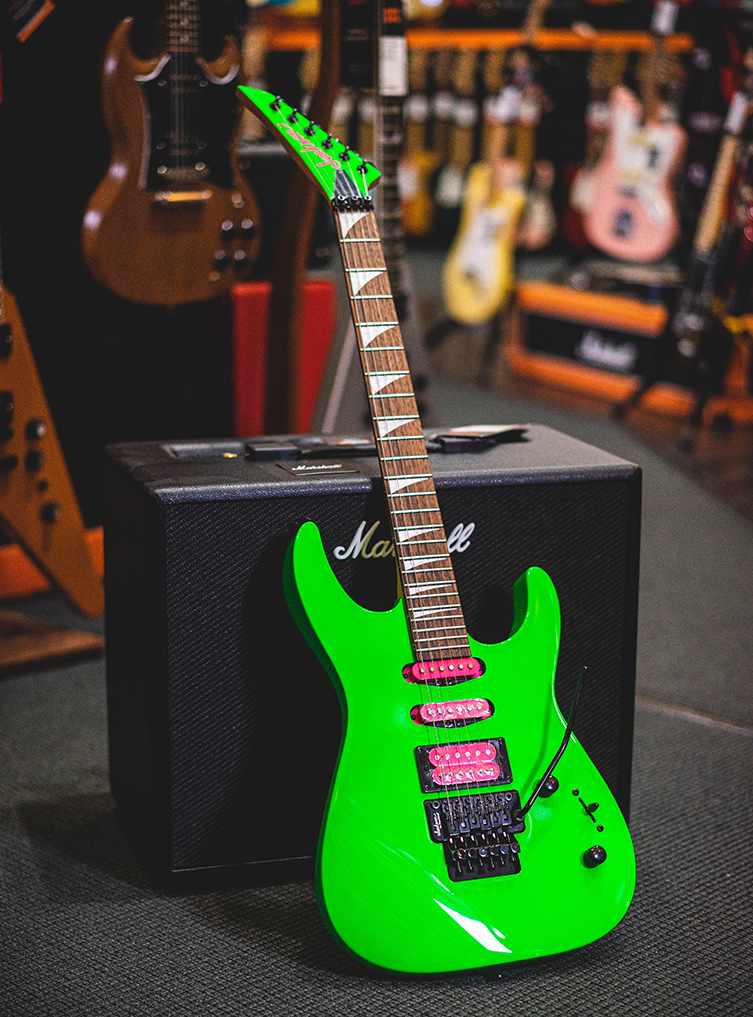
Do you have your spandex on? Bandana?
Me too. We’re ready.
Contents
Jackson & Charvel: Similarities
Jackson & Charvel: Differences
In Begins in California
So, the stories of both Charvel and Jackson are rooted in the same two people: Wayne Charvel and Grover Jackson. Here are the basics:
Wayne Charvel: Wayne began Charvel guitars in 1974 after running a parts business that sold bodies, tremolos and other accessories. He also repaired guitars and modified (or ‘hot-rodded’) Fender Strats to have humbuckers and other performance features that better suited the emerging metal/shred community. Local players like Eddie Van Halen and Warren DeMartini were customers to his California workshop.
Charvel Guitars: There was a demand from local musicians for complete instruments made in this hot-rodded fashion, so Charvel took heed. Complete guitars were made (often by Wayne and employee Grover Jackson) using Boogie Bodies and Schecter parts. Word caught on, and a real scene began happening for these superstrats. After Van Halen, the style exploded.
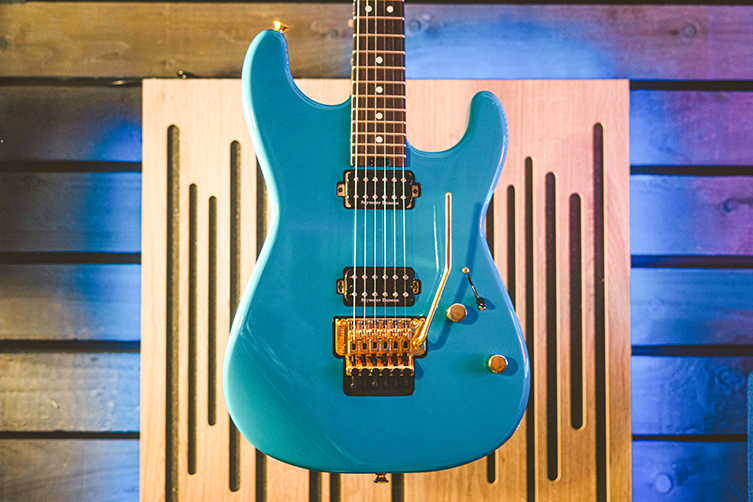
Grover Buys the Company: Despite success, Charvel runs into money problems and so Wayne sells the company to Grover Jackson. It’s still called Charvel and it still builds loud sounding, louder-looking superstrats, though Wayne is out of the picture.
Randy Rhoads: Charvel continues into the 80s. The late Ozzy Osbourne guitarist Randy Rhoads approaches Grover about collaborating on a new guitar design. It’s an update of the Flying V (they called it The Concorde) and since it was quite different to what Charvel were known for producing, Grover stuck his own surname of the headstock as a side-brand instead. Jackson guitars were born, and this Concorde design is refined into what we know today as the Jackson RR (Randy Rhoads).
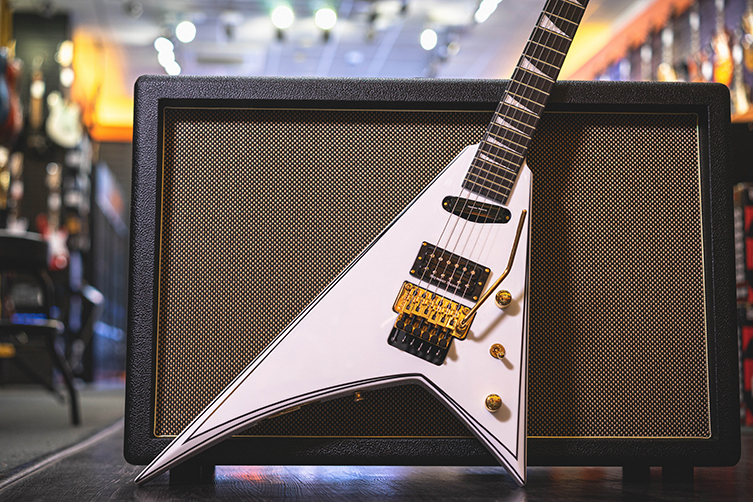
Jackson Takes Off: similar collaborations occur with other players, resulting in original Jackson guitar designs such as the Kelly. Metal becomes huge through bands like Megadeth & Anthrax, and Jackson are right in the centre of it all.
Charvel Declines, Jackson Continues: the Charvel name recedes a little into the spandex past along with Kramer. Jackson remains relevant thanks to the thrash scene, and then other bands like Sepultura. In short, Jackson become one of the primary choices for ‘shape’ metal guitars (along with ESP), and their success continues.
Charvel are somewhat resurrected a few times in the latter decades before Fender takes over (they buy Jackson, too) and reinstate the Charvel brand as a 80s-centric revival of the original Superstrats. The public love them. Charvel are back.
Jackson & Charvel: Similarities
So that was a (very) quick history of at least the major parts of these two titanic rock brands. The big takeaway is that they weren’t really two brands at all but one, with different intentions and diverging paths. Those paths then returned (to Fender) but the brands remain relatively exclusive.

There are definitely similarities, though. Here are the points where Jackson and Charvel are very similar:
Grover Jackson: he was a major force in Charvel (including becoming the owner!), and Jackson started as an offshoot of that. He’s a significant factor in the success of both brands, and for a while ran both simultaneously.
Rock/Metal focus: both brands can be thought of as producing high performance guitars, with strong links to the shred community. They use powerful pickups (often brand names like Seymour Duncan and DiMarzio) and readily feature locking tremolos. In fact, Floyd Rose himself worked closely with Grover Jackson at various points when developing the locking tremolo.
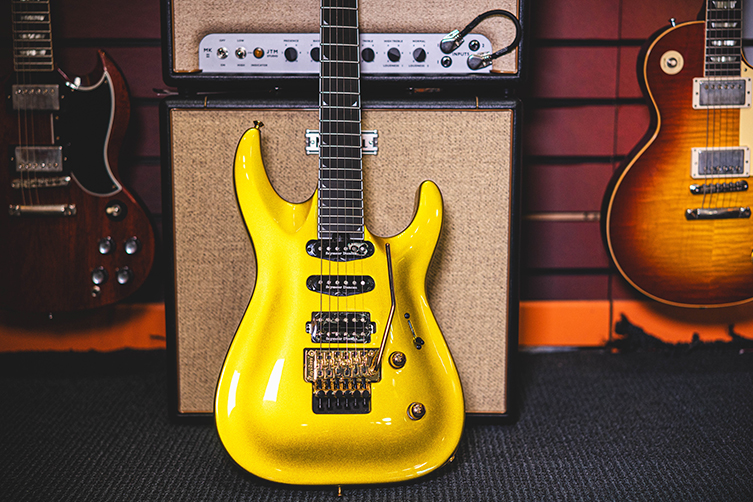
Superstrats: both companies offer a range of modified s-type guitars, which the industry nicknames ‘Superstrats’. Alongside artist Eddie Van Halen, Charvel/Jackson are seen as the inventors of this style. It is still easy to tell a Jackson Superstrat from a Charvel one, thanks to both brands having their own strong aesthetic and styling.
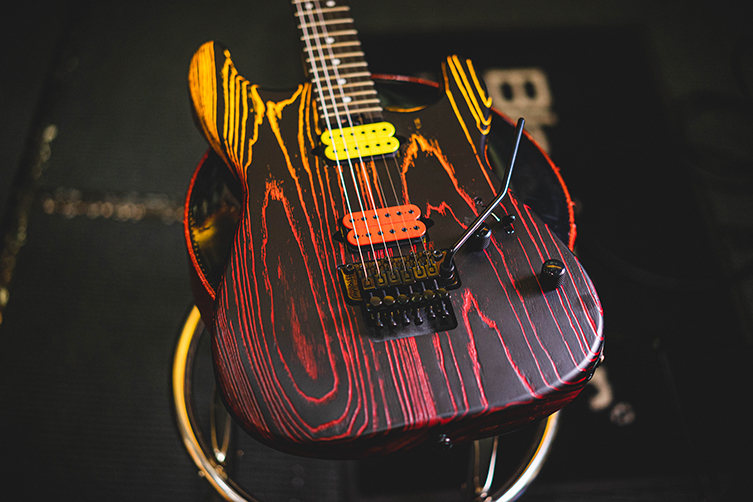
Hardware: Hot branded (Seymour Duncan and DiMarzio) pickups and Floyd Rose pickups reign supreme! Both brands are products of the ‘modification era’, when players wanted to buy special hardware to supe up their stock guitars. Charvel started as a ‘pre-modded’ guitar, and Jackson as a brand for more ‘esoteric’ body shapes in addition to S-types.
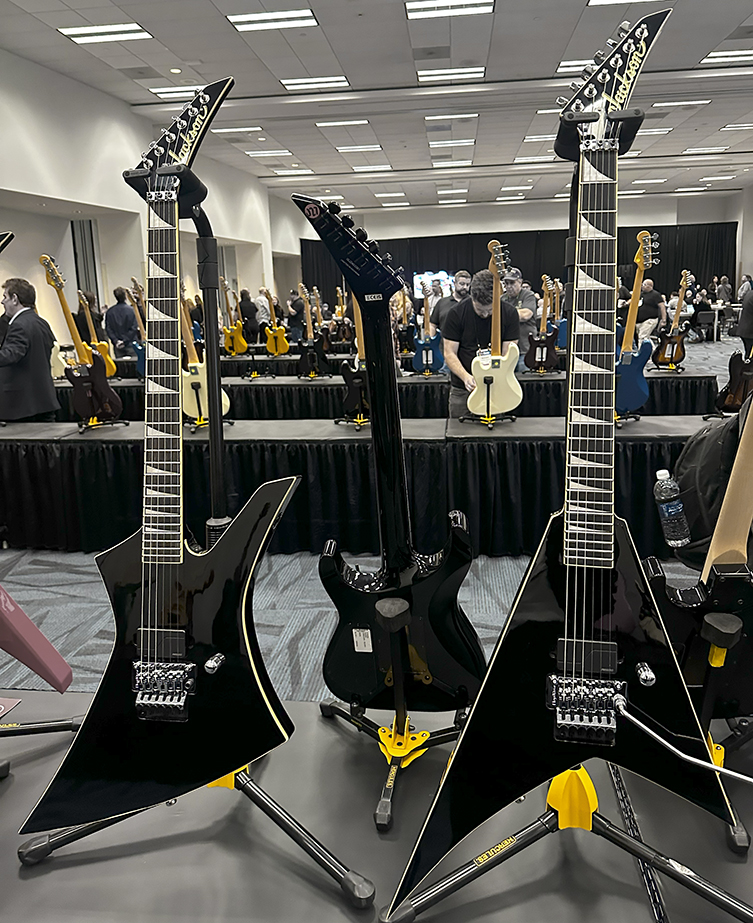
80s Influenced: both brands ‘came of age’ in the 1980s, and were extremely visible in the pop/metal and hair metal scenes of Los Angeles’ Sunset Strip era. Those influences remain in the look, sound and playing style of each brand’s guitars.

Same owners then, same owners today: Grover Jackson owned both companies back in the day. Today, Fender own both, as well as EVH, a brand that owes a debt to both Charvel and Jackson. Of course, a young Eddie Van Halen was a customer to Wayne Charvel and Grover Jackson back at the beginning, so there’s something of a ‘full circle’ element to this.
Jackson & Charvel: Differences
Genre: Jackson are more ‘metal’, at least in terms of notable players who use them. Jackson are more widely played by thrash acts (Anthrax, Megadeth etc) and metal bands from different backgrounds and eras (Machine Head to Trivium and all points in between). This is true right up to the present day, where Jackson remain a prominent choice for heavy players. Charvel is seen as a more specifically retro brand, and I believe this is deliberate: there is a lot of nostalgia for the fun of Poison, Ratt, Warrant and all of those Charvel-toting 80s hair metal bands (the existence of Steel Panther is ample proof) and Charvel play to that strength, with features and styling that directly reference that time.
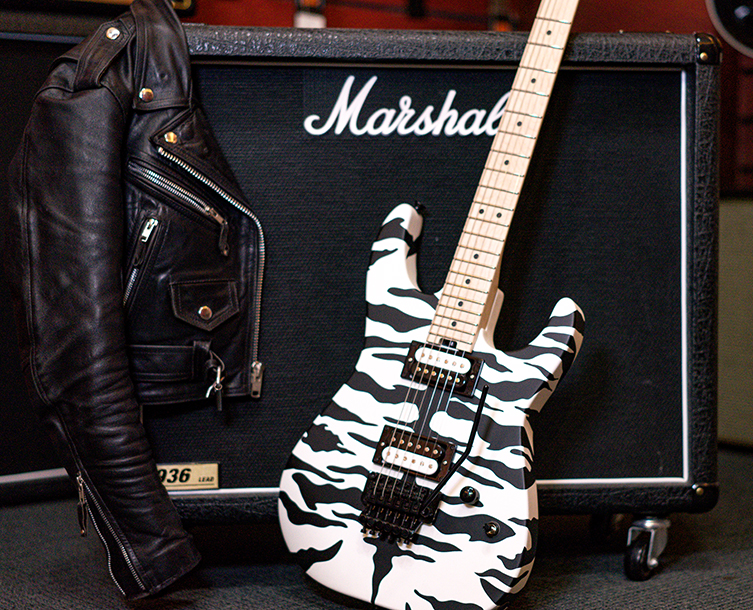
Neck Joins: Charvel are exclusively a bolt-on neck company. Jackson offer lots of bolt-on guitars too, but also have set neck and neck-through styles on offer as well. The Jackson Soloist - one of the brands’ most popular models - is a superstrat with a neck-through join, for example.
Body Styling: Charvel sticks almost exclusively to (slightly altered) Strat and Tele-inspired body shapes. In the past, they’ve shared Jackson’s pointed headstock, but since the brand’s mainstream return 15 or so years ago, they’ve stuck to licensed Fender headstock shapes. Charvel, playing service to the Sunset Strip crowd, look mostly like heavily modded Strats, because that is their history and their calling card. Traditional Strat bodies, regular pickguards and those aforementioned licensed Strat headstocks make Charvel a very close cousin of Fender.
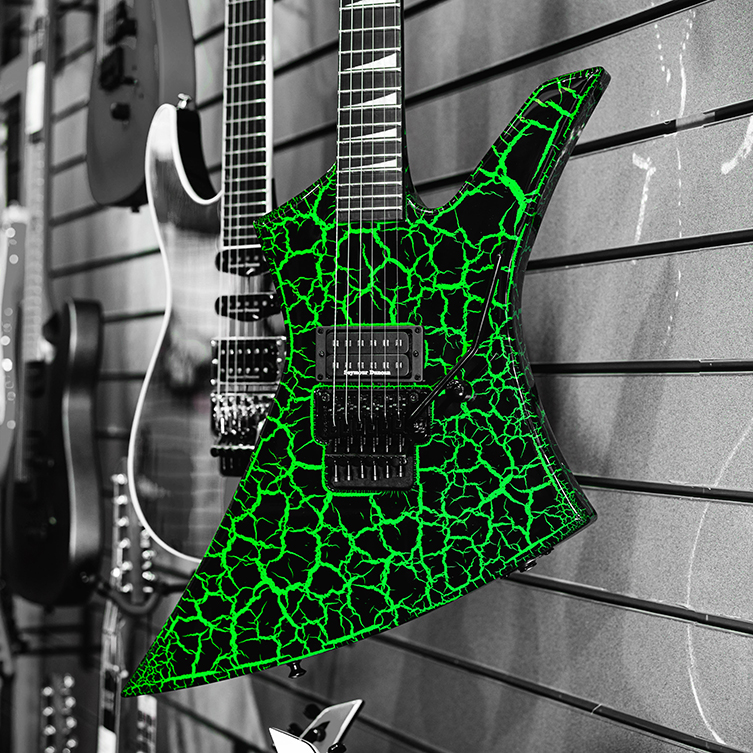
Jackson do offer superstrats (the Dinky and the Soloist fill these requirements), but they’ve been about alternative body shapes since day one. Remember, the very first Jackson guitar was the proto-RR Concorde for Randy Rhoads! Since then, they’ve released the Kelly, King V, Warrior and several more non-standard shapes. It’s something of a trademark for the brand, as much as the pointed headstock and sharkfin inlays.
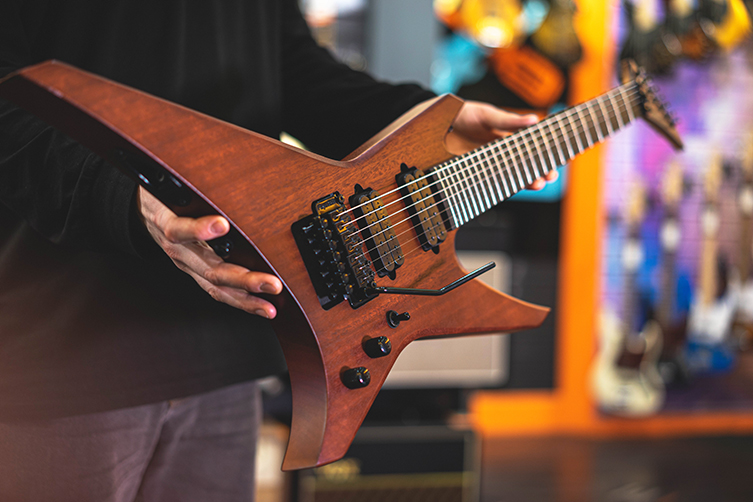
Perception of Player: Charvel are for classic shredders and hard rockers who like the glory days of Warrant and David Lee Roth. Charvel guitars are pointed very much in that direction.
Jackson, on the other hand, want to be seen as a future-forward metal brand. Whilst claiming many classic shredders and metalheads in their ranks, they are a predominant force in contemporary heavy music, appealing to today’s players as much as 80s thrash fans.
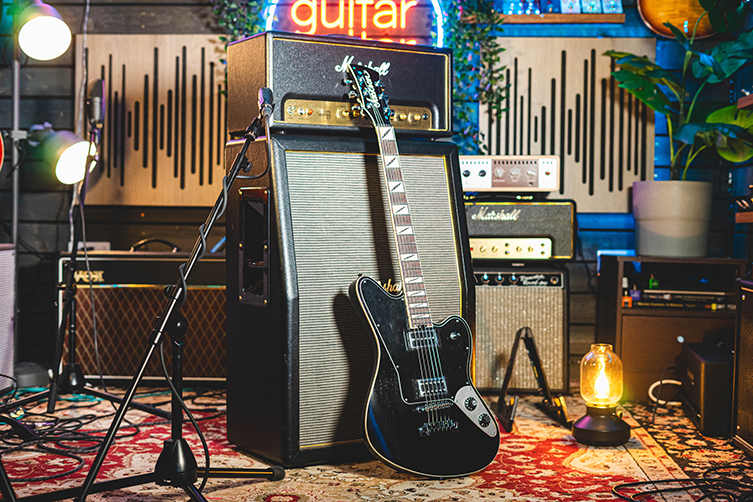
When Two Brands Are One
It is somewhat fair and accurate to call Charvel and Jackson one company, since they were both companies owned by Grover Jackson, and are now both looked after by Fender.
They serve similar but separate purposes. Jackson are heavy metal guitars. Charvel are retro superstrats that work for some kinds of metal. If that sounds like splitting hairs, I'm pretty sure most guitar players will understand the division.
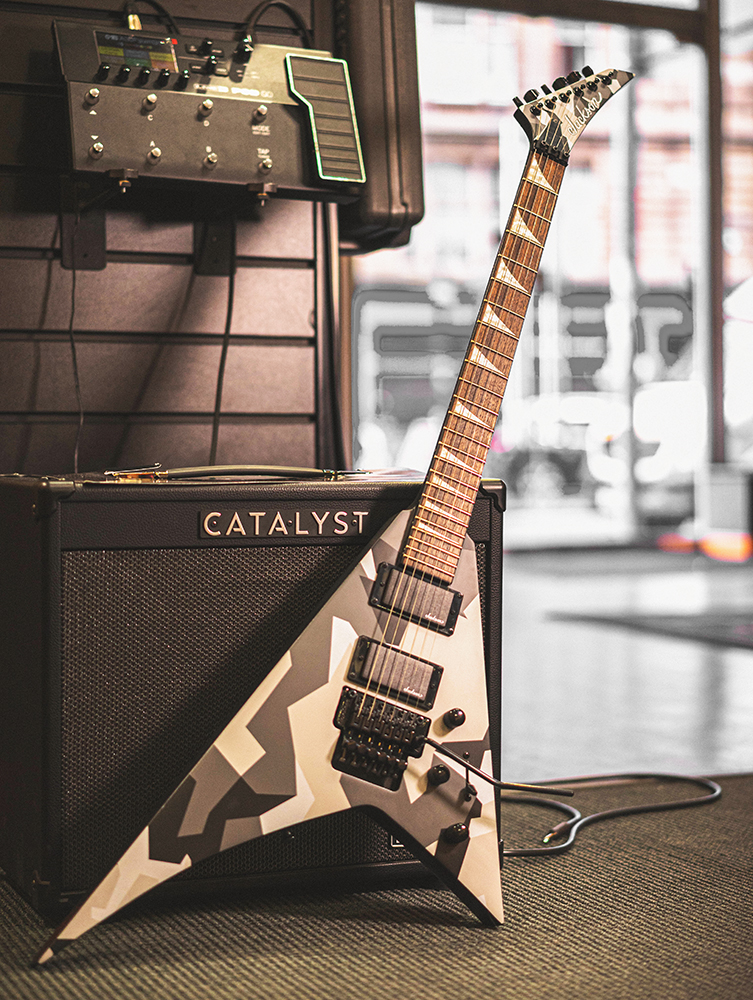
If you look at them as siblings, then one is slightly older and ever-so-slightly more sensible, but both of them are trouble if you see them at a party!

